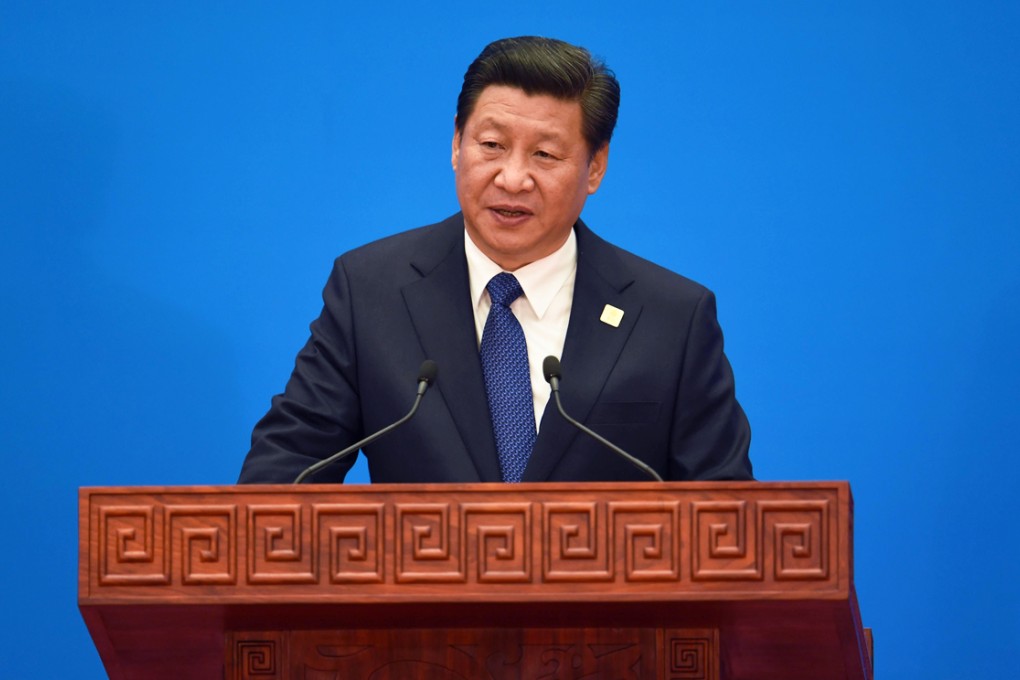A new world order takes shape as China rises
The Asia-Pacific Economic Co-operation summit in Beijing presented China, as host, with an opportunity to assert regional economic leadership.

The Asia-Pacific Economic Co-operation summit in Beijing presented China, as host, with an opportunity to assert regional economic leadership. The outcome - endorsement by all 22 Apec economies to create a Chinese-led Free Trade Area of the Asia-Pacific (FTAAP) - represented a diplomatic achievement for China in the face of American lobbying to downplay the idea.
The FTAAP is seen as a counter to the 12-nation US-led Trans-Pacific Partnership, a plan that may gather momentum as a result of Republicans taking control of the US Congress.
President Xi Jinping's FTAAP announcement at the end of the summit effectively launched a road map, rather than the start of negotiations, which the US had resisted. Earlier, ahead of the summit, he had outlined China's vision of a new Silk Road. More than a revival of the old trade and cultural route from China to Europe, the new Silk Road envisions an Asia-Pacific land and maritime network of industrial and financial infrastructure serving 40 per cent of the world's population in a region that will account for 50 per cent of its trade.
In what has been described as China's version of the Marshall Plan under which the US financed reconstruction of Europe after the second world war, Xi announced that China will put US$40 billion into a Silk Road fund for infrastructure and resources, which would improve links and break the region's "connectivity bottleneck". Last month China also led 20 countries in signing a memorandum setting up a US$50 billion Asian Infrastructure Investment Bank, in competition with the US-led World Bank and Japanese-led Asian Development Bank.
It is all part of an effort to counter the so-called US pivot towards Asia and expand China's influence in keeping with its status as the world's second-largest economy. The concerns of influential powers in the region like the US and Japan are understandable. But so is China's regional assertiveness in the context of major power relations, not to mention the benefits to its economy of better access to markets.
The FTAAP has been described variously as a bid to take leadership away from the US, as a shift in the centre of world power, and reminiscent of the old imperial tributary system of East Asian trade. But it is more about manoeuvring for space in the new order of major power relations created by China's rise, and the need for the US and China to work together.
